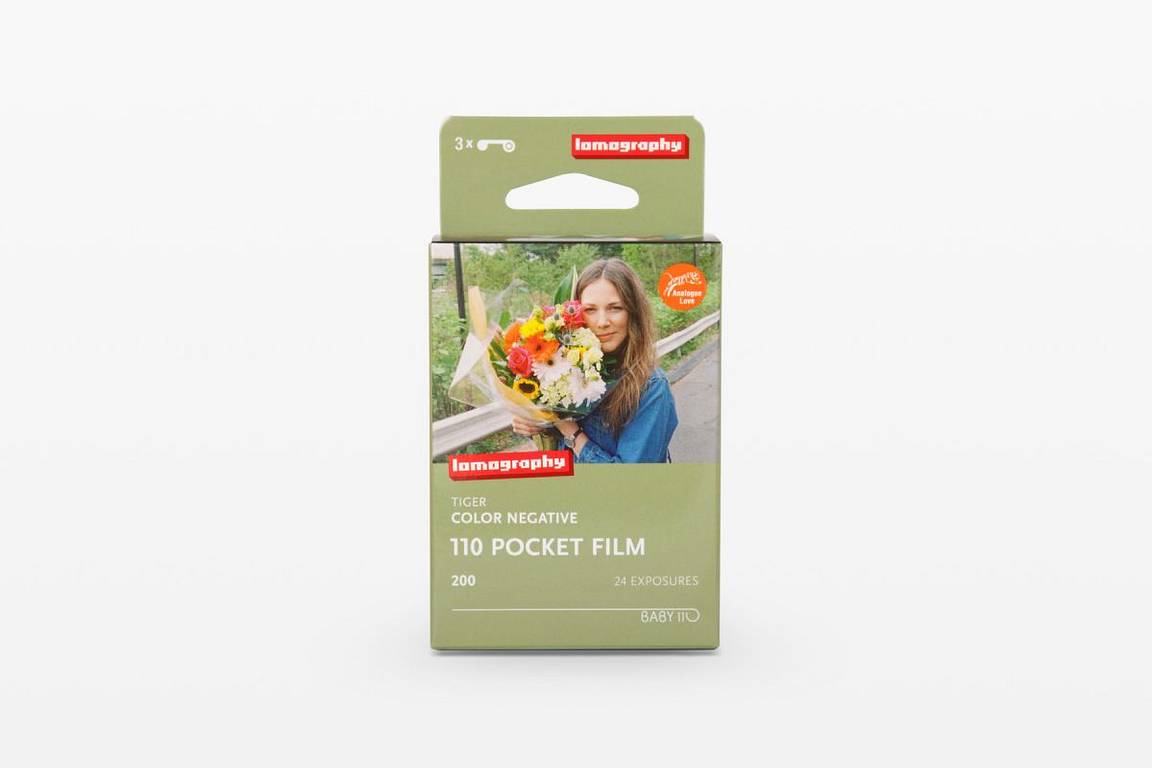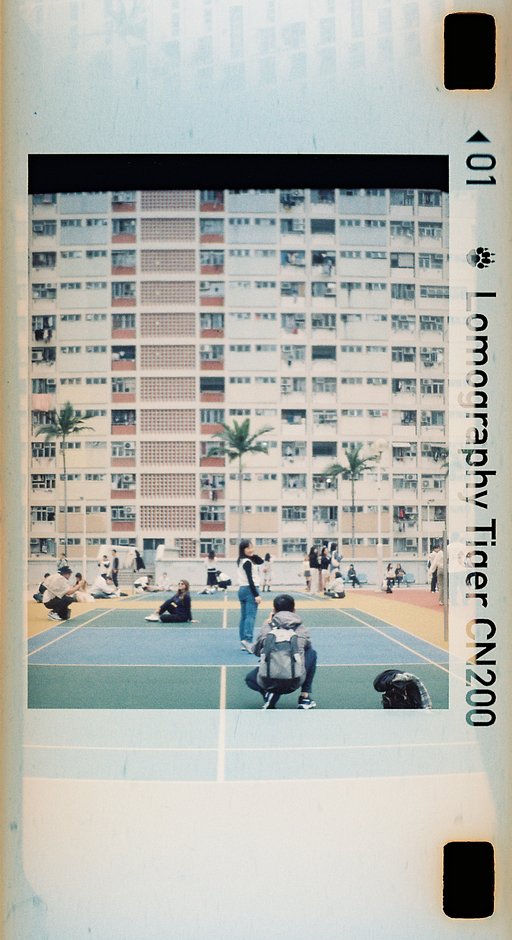Testing Vintage 110 Cameras With Lomography Film
8 22 Share TweetMastering the art of hunting for vintage cameras at the flea market is a skill that any analogue photographer should perfect. It is especially useful for 110-format cameras. Often you can find the kind cameras that were mass produced from the 70s up to the 90s, and can be sold for little to nothing.
We have tested five models, all produced by Kodak. They are basic cameras without special features or adjustments available, though some had a flash option. To be on the safe side, we shot on a sunny bright day. We paired each of our 110 films with a camera for the test: 2021 LomoChrome Metropolis 110 ISO 100–400, 2021 LomoChrome Turquoise 110 ISO 100–400, Color Tiger 110 ISO 200, B&W Orca 110 ISO 100, and Lobster Redscale 110 ISO 200

The Kodak Ektra 22 is supplied with two settings for sunny/cloudy exposures, as well as a flip flash socket. Made in Germany between 1978 - 1980 it's equipped with a 25 mm, Kodar lens, and the aperture is fixed f/9.5 with three shutter speeds 1/40, 1/125, and 1/250. With this camera we shot a roll of Color Tiger.

On the Kodak Instamatic 192, there are again two settings for sunny/cloudy exposure, and a bright line viewfinder feature. Here, to open the camera, you must slide the lens cover that closes the shutter. It was produced between 1975 - 1976, the lens is a 25 mm triplet system, with a fixed aperture of f/11 and two settings of shutter speed at 1/40, and 1/80. With this camera we shot a roll of LomoChrome Metropolis.

The Kodak EktraLite 400 has one switch for daylight and flash. Fitted with a built-in electronic flashgun, which is switched off when the cover is closed, it was produced between 1981 – 1987. The lens is 24 mm, with fixed f/6.8 Reomar, and provided with three shutter speeds of 1/60, 1/125, and 1/250. It has a focus from 1.20m to infinity.
Using the flash sets the aperture to 6.8 and the speed to 1/60th. With a 400 ISO film, on the other position, the speed is 1/250 and the aperture is f/9.5. While with a 100 ISO, the speed is 1/125, and the aperture is at f/9.5. With this camera we shot a roll of LomoChrome Turquoise.

The Kodak Pocket Instamatic 100 is a basic model with a sliding lens cover, a socket for magicubes, fixed focus, and fixed aperture. It was produced from 1972 – 1974 as a snapshot camera that was meant to introduce the 110 formats. It opens with a sliding lens cover and is equipped with a 25 mm, f/11 Triplet system lens with a 1/60 second shutter speed. With this camera we shot a roll of Lobster Redscale.

The Kodak Instamatic 230 like the 192 model, has two settings: sunny/cloudy exposure. It is a fixed focus camera with a minimum 1.2 m focus distance and 2.7 meters with flash. It is equipped with a Magicube flash socket adjacent to the bright line viewfinder. This camera was made in the UK between 1976 – 1978 with a 25 mm Reomar lens. This model has a shutter speed of 1/60 and 1/100. With this camera we shot a roll of B&W Orca.
We have found that this camera format is wonderful for quick and fast snapshots, and it encapsulates the spirit of don't think, just shoot. It is ideal for street photography as it is quick and compact, and you will go unnoticed in the crowd, allowing you to be a fly-on-the-wall capturing everything.
Compact and light, each of these cameras will fit in every pocket, ready to use at any moment. The winding system is easy to remember, one click and it's done. Only with the Instamatic do you have to wind twice to step to the next frame, so for this reason perhaps it is not quite as fast to use compared to the others.
We can confirm that the best conditions to shoot with these kind of cameras is a bright sunny day, where the 24 frames will benefit best from an abundance of light. Certainly some cameras come equipped with better lenses and shutter speed sets, and this will influence the outcome of your images. So when shopping for second hand 110 cameras it is worth double checking the settings of the model before buying.
Have you used any 110 cameras? Which is your favorite to shoot?
written by eparrino on 2023-06-20 #gear #culture #flea-market #second-hand #vintage-camera #110-format #used-camera #110-format-fim



































































6 Comments